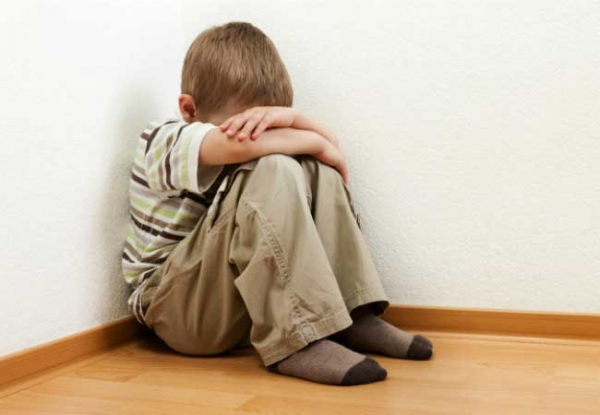6 Alternatives to Punishment
by Rebecca EanesWe’ve gotten pretty creative with our punishments and consequences. There are books and Pinterest boards dedicated to finding the neatest way to make your kid pay for their poor choices. Remember the “get along” shirt that became a popular trend, or the “uh-oh” ransom bin? The problem with our pursuit of creative punishments is that it’s focusing all of our attention on the wrong goal. Discipline shouldn’t be about the coolest and most creative way to punish our children but about the best way to reach their hearts. Lasting positive change occurs when kids feel good about who they are plus are empowered with skills and tools to do the right thing.
##ad##
I’m afraid we’ve become so dependent on tricks to manipulate our kids’ behavior that we’re entirely missing what’s going on underneath. I think we are simply following the advice we’ve been given. We are good, loving parents trying our best to raise good, loving children, and our society has normalized this kind of behavior management, but I think we ought to take a time-out from the creative consequences and look into the eyes and hearts of our little humans. I think we should get more concerned about soul connection than behavior correction because, really, it’s in that soul connection that our true authority and influence lies – not in the oversized shirts and creative Wi-Fi password contracts.
- I’ve discussed time-in extensively in other articles as I feel it is the perfect segue into positive parenting. I recommend time-in for children ages 2 to around 7. For the younger end of this age range, using the calming strategies to regulate the emotional system is the main goal while the older group can begin working on problem-solving. You can read about why time-in works and how to do it in these articles:
Replace the Time-Out Chair for a Calm-Down Area
How to Use Time-In as a Discipline Alternative to Time-Out
##adbig##
- Try a paper discussion which feels less confronting to some kids than a verbal reprimand. State your feelings along with your concern on a piece of paper and hand your child the paper and pencil. Give them space to write a reply. You can even have them slide it under your door or leave in a designated area. One of my children seems to comprehend and open up more with paper discussions than verbal ones. Recently, when an argument erupted over math homework which resorted to yelling, our paper discussion went like this:
Parent: I feel upset that you yelled at me. I was only trying to help you with the math problem.
Kid: I’m sorry. I was just frustrated with homework.
Parent: I get it. It frustrates me too, but yelling isn’t the best way to respond to frustration. What else can we do?
Kid: Take a break?
Parent: Good idea. Let’s do that next time.
Kid: OK.
If words seem to further irritate your child, grab a sheet of paper and see what happens.












